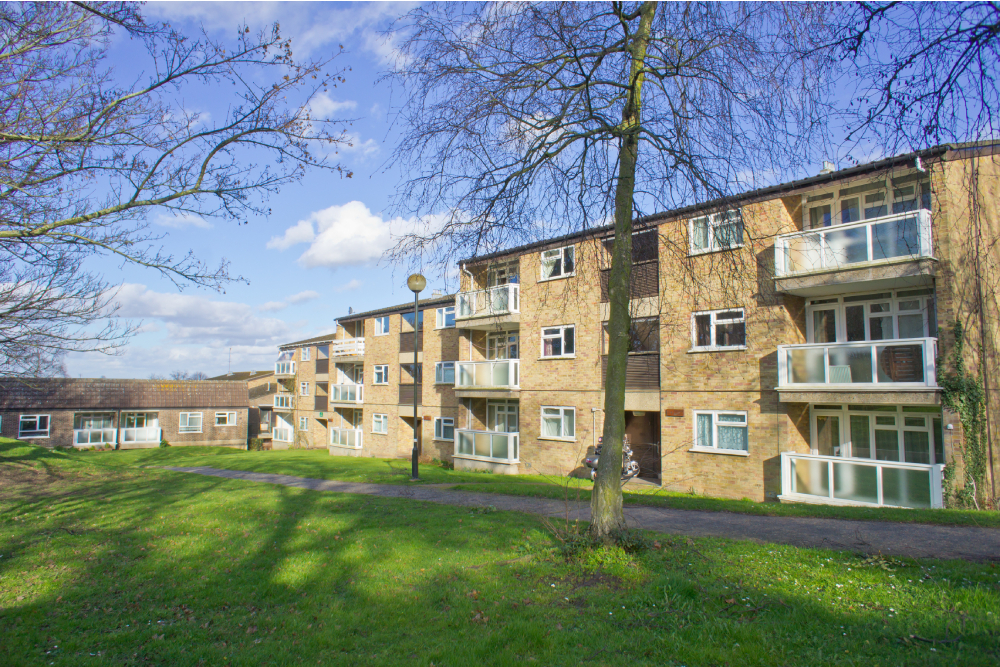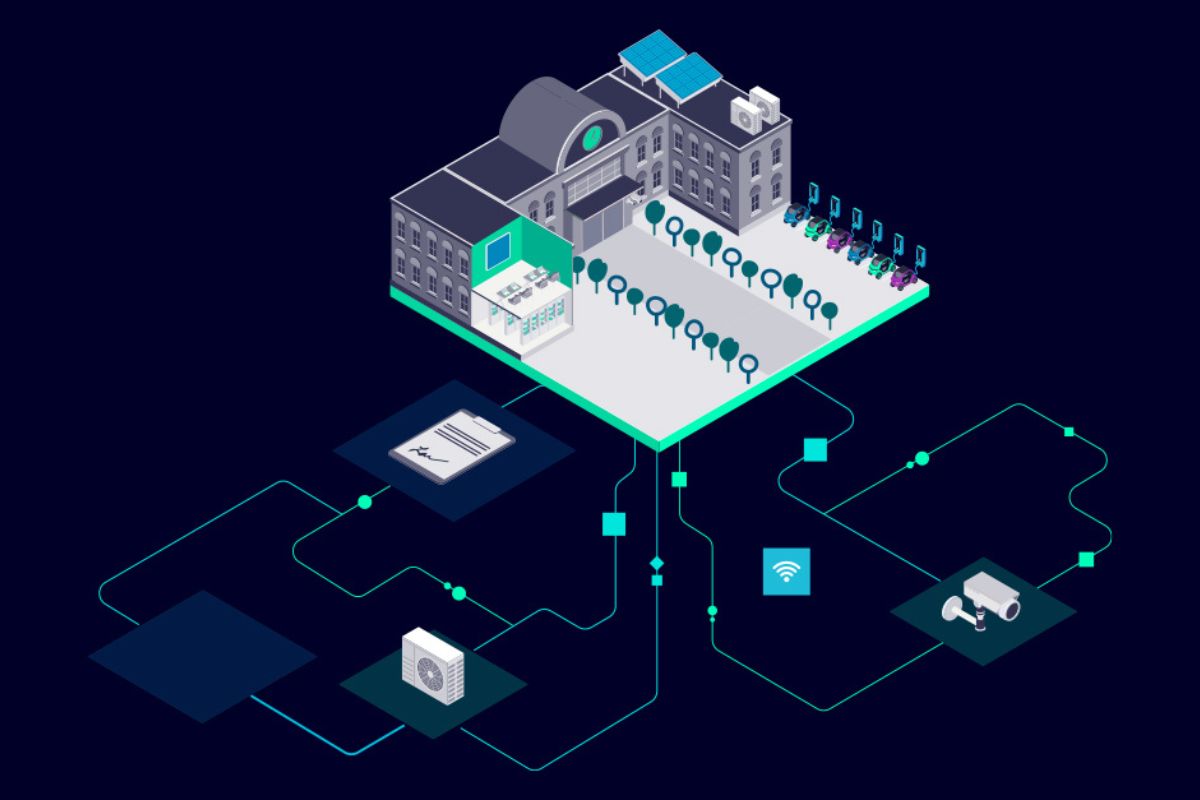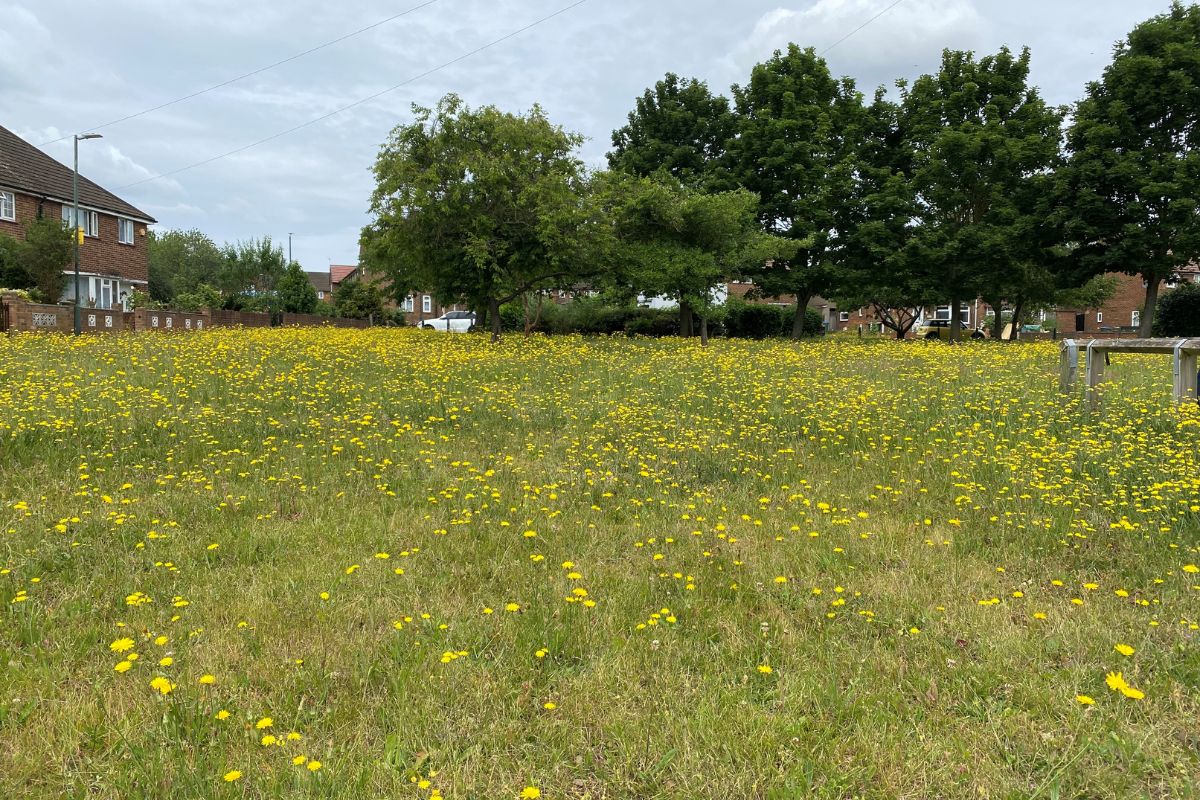Aico Feature - Achieving Net Zero with Data and Collaboration
Reaching net zero is likely to be the most important and pressing challenge our society will face during our lifetimes. As an industry, social housing has a crucial role to play in addressing climate change. To achieve net zero targets in the ambitious timelines required we must undertake vast amounts of process, policy, and technology innovation.
But successful innovation is a winding road of failures, lessons learned and unintended consequences; the only way to navigate this efficiently as a sector is by collaborating. We need to share lessons, data and experiences in order to hit these targets optimally whilst ensuring we keep residents at centre stage. If done correctly, the change we are about to go through could save residents money whilst improving their safety, health and wellbeing; if done poorly and in an unmeasured way, the opposite will be true.
Building new net zero homes is a challenge in itself but retrofitting properties to reduce their impact remains a critical issue. We lack the data to understand the efficacy of different measures at scale, how EPC ratings reflect real building performance, and in identifying those homes most in need. Further, installing these energy saving improvements can have unintended consequences that we are still learning as a sector. For example, combining existing inadequate ventilation with energy efficiency upgrades often vastly reduces indoor air quality leading to negative impacts on resident health and an increased risk of condensation, damp and mould. We’ve also heard stories of residents not understanding how to use their new heat pumps correctly leading to worsening consequences of fuel poverty or supplementing heat with inefficient and carbon heavy electric heaters.
There have been many lessons learned and there are no doubt many more that lay ahead. One way of identifying these issues and unintended consequences is through the use of sensors and internet of things (IoT) technologies that can enable us to close the feedback loop, stop us from driving blind and ultimately help us catch these issues early so they can be rectified saving time and money.
Examples include:
- Temperature sensors provide a real time heat efficiency metric for properties. This information can be used to identify the least energy efficient homes for upgrade prioritisation. Once the upgrade is complete, this metric could also provide insight into which types of upgrades/technologies have been most effective.
- Energy usage monitoring technologies can provide insight into the actual carbon footprint of properties, help landlords understand the carbon impact of investments and help residents reduce their usage.
- CO2 sensors provide indoor air quality and ventilation insights to help residents better manage their properties and help landlords ensure there is adequate ventilation.
The data provided from IoT technologies not only helps optimise approaches to investment but also flags anomalies early. Data often reveals quick wins where simple low cost and low tech solutions can have a big improvement on carbon footprint. For example, on a recent HomeLINK trial we identified a home that had a good EPC rating but was losing heat very quickly compared to other homes. On further investigation an issue with the front door was found to be the culprit and subsequently repaired at low cost rectifying the heat loss problem. Without the data this would have been left for a long time.
Another key ingredient to success is our residents. As with IoT, they can provide crucial information to help us navigate the path of innovation and close the feedback loop. To reduce the carbon
footprint of homes we must empower residents with data and knowledge so that they can take action and change their behaviour. Ultimately, we can materially change what they live in, but only influence how they live in it.
Chasing net zero could easily become a tick box exercise of installing new technologies to certain standards but we must not lose sight of the real objective; to reduce the carbon intensity of our buildings and ultimately the amount of carbon dioxide we emit. The only way we can do this is by closing the feedback loop with data, IoT or otherwise, and sharing the knowledge with the rest of the sector.




